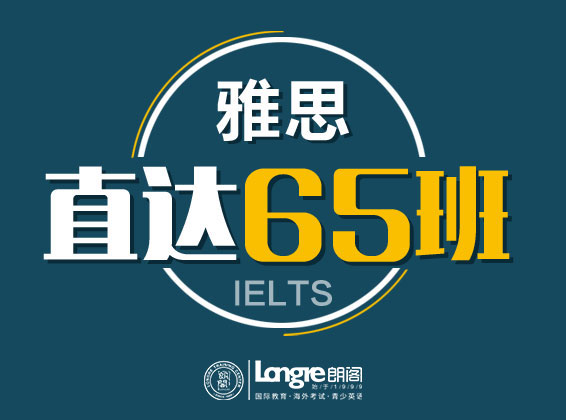|
一、compare与contrast的误用 我们先从两者的定义入手来看两者的区别。Compare的定义为:to examine people or things to see how they are similar or different. Contrast的定义为:to compare two or more things to show the difference between them. 由定义不难看出前者侧重于找到两个或多个事物的异同,而后者则侧重于它们的不同。 看个例句: It is interesting to compare their situations to ours./It is interesting to contrast their situations to ours。 前一句翻译为:对比一下我们的情况与他们的情况会很有趣。 后一句的翻译为:我们的情况与他们的情况有很大的不同,这很有趣。 再看一个引自OXFORD ADBANCED LEARNER’S DICTIONARY的例子: There is an obvious contrast between the culture of East and West。 The company lost $7 million in contrast to a profit of $6.2 million a year earlier。 When you look at their new system, ours seems very old-fashioned by contrast。 不难发现,Compare 翻译为“ 与。。。相比”而contrast可译为“明显不同的是。。。”,切记这种翻译方式就不会用错彼此了。 二、介词使用错误 1、普通介词的误用 一般表现为固定搭配错误,如常把provide sb with sth用成provide sb sth; be satisfied with用成be satisfied for等等,虽然这样的错误看似无伤大雅,但在考官眼里就是影响顺畅阅读的,当然会影响 终成绩。解决的办法简单而古老:把常见的固定搭配牢记于心,问题自然就解决了。 2、“to”作为介词的误用 “to” 常见的用法是以动词不定式符号的形式出现的,所以同学们也已经习惯了 “to do”的固定搭配。对于一些如walk to me, to the left等介词to表方向等常见用法一般也不会出现错误。但是对于与动词搭配的介词to就会经常犯错: (责任编辑:admin) |







